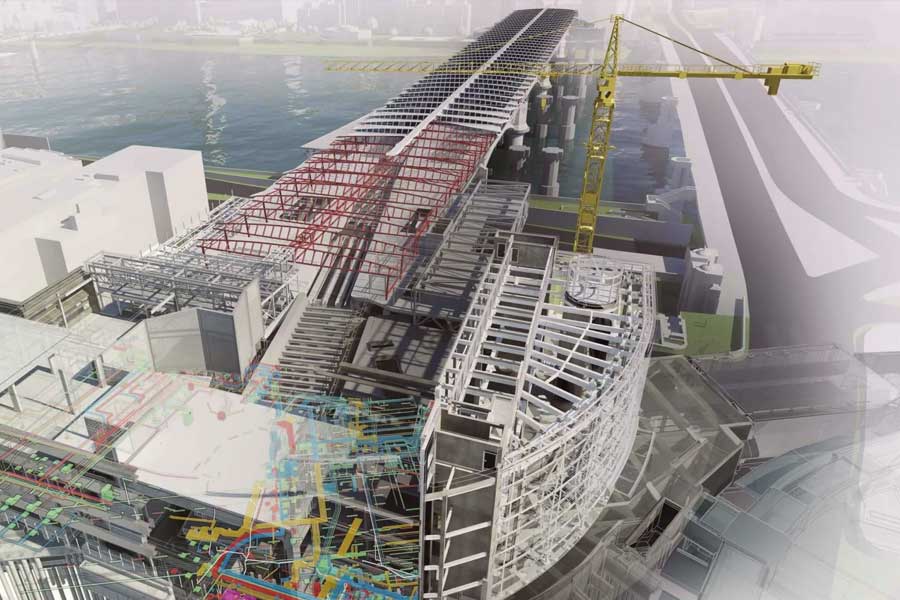Innovative Trends in Cement and Concrete Construction
In the quest for more sustainable construction practices, the Australian building industry is witnessing a significant transformation, particularly in the domain of cement and concrete production. With the growing emphasis on environmental stewardship, innovations in these fundamental construction materials are paving the way for greener, more resilient house renovations and building projects across the nation.
The Evolution of Concrete in Australian Construction
Concrete, the cornerstone of modern construction, is undergoing a remarkable evolution. Traditional concrete mixtures, while durable and versatile, have been criticized for their substantial carbon footprint. Australia’s construction sector, recognizing the urgency of addressing climate change, is at the forefront of adopting eco-friendly alternatives. These include the development of low-carbon cement and the incorporation of recycled materials into concrete mixes, thereby reducing the overall environmental impact of construction projects.
Recycled Materials: Turning Waste into Wealth
The integration of recycled materials into concrete mixes represents another leap forward in sustainable construction. Australia is seeing an increase in the use of construction and demolition waste, glass, and even plastic as partial aggregates in concrete. This not only helps in diverting waste from landfills but also contributes to the conservation of natural resources. The resulting concrete is not only environmentally friendlier but also maintains, if not improves, the structural integrity and longevity of construction projects.
Enhancing Durability and Reducing Maintenance
Advancements in concrete technology are not solely focused on sustainability. They also aim to enhance the durability and reduce the maintenance needs of buildings and infrastructure. The Australian market has embraced concrete mixtures that are more resistant to environmental stressors such as extreme weather, chemical exposure, and mechanical stress. This translates to longer life spans for structures, reduced repair costs, and, ultimately, a lower environmental impact over the building’s lifecycle.
Water-Reducing Admixtures: A Sustainable Solution
In an effort to conserve one of our most precious resources, water, the Australian construction industry is increasingly utilizing water-reducing admixtures in concrete. These additives decrease the amount of water needed to achieve the desired consistency without compromising the concrete’s strength or workability. The result is a more sustainable construction process that minimizes water usage and contributes to the production of more durable and sustainable buildings.
Thermal Efficiency through Innovative Concrete
Another significant area of innovation is in the development of concrete that enhances thermal efficiency. In Australia, where the climate can vary widely, the ability of a building to maintain a stable internal temperature is crucial. Concrete mixes with improved thermal properties can significantly reduce the need for heating and cooling, leading to lower energy consumption and reduced greenhouse gas emissions. This is particularly relevant for house renovations and new construction projects aiming for high energy efficiency ratings.
The Future of Construction: Smart Concrete
The concept of smart concrete is gaining traction in Australia. This innovative material can sense changes in its environment, such as cracks forming or stress being applied, and transmit this information to building managers or engineers. This early warning system can lead to more timely maintenance and repairs, extending the life of structures and ensuring they remain safe and functional for their intended lifespan.
Conclusion: A Sustainable Path Forward
The Australian construction industry’s commitment to sustainability is evident in the innovative strides being made in cement and concrete production. By embracing low-carbon cement, recycled materials, and advancements that enhance durability and thermal efficiency, Australia is setting a global benchmark in sustainable construction. These innovations not only address environmental concerns but also improve the quality, safety, and efficiency of house renovations, building, and construction projects. As the industry continues to evolve, the focus on sustainable practices will undoubtedly lead to even more groundbreaking developments, reinforcing Australia’s position as a leader in green construction.
